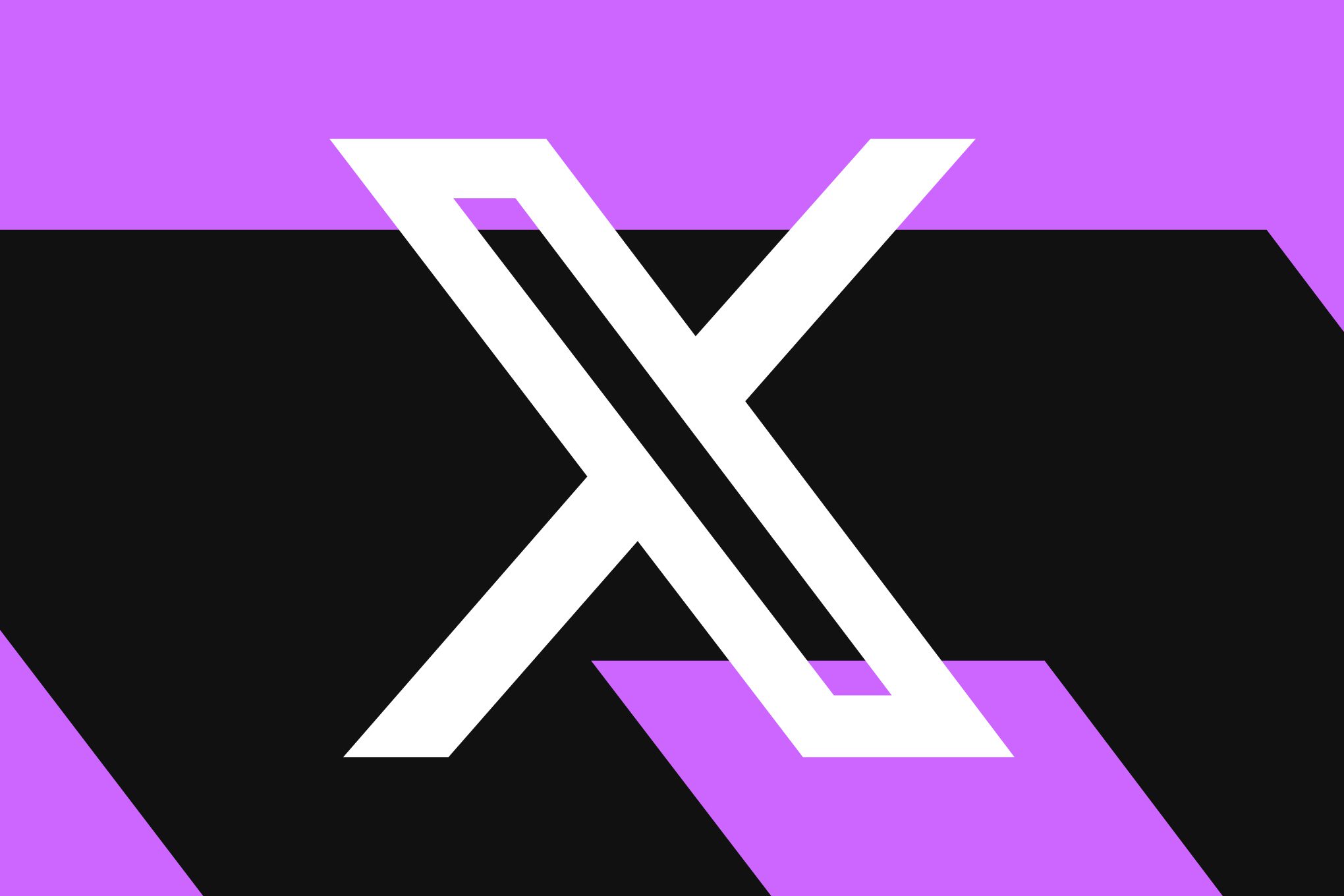Opera’s Neon browser introduces a unique approach to integrating artificial intelligence, featuring multiple AI bots that cater to different tasks, which can lead to both advantages and confusion for users.
Understanding Opera’s Neon Browser
Opera’s Neon is not merely an enhancement of its traditional browser; it represents a significant shift in how users interact with web technology. The browser incorporates three distinct AI bots, each designed to handle specific tasks. This multifaceted approach allows users to engage with various AI capabilities without needing to switch platforms or applications. However, the presence of multiple bots can create a confusing experience for users who may struggle to identify which bot to use for specific tasks.
Features of Opera’s Neon
Neon aims to streamline the user experience by integrating AI into everyday browsing tasks. The three AI bots serve different functions:
- Research Assistant: This bot helps users gather information, summarize articles, and even provide context for complex topics.
- Content Creator: Designed for those who need to generate text, this bot assists in drafting emails, writing articles, and creating social media posts.
- Personal Assistant: This AI bot manages tasks such as scheduling, reminders, and other organizational needs.
While having multiple bots can enhance functionality, it also raises questions about usability. Users may find themselves unsure of which bot to approach for their needs, leading to potential frustration. The challenge lies in effectively communicating the capabilities of each bot to ensure that users can maximize their experience.
The Competitive Landscape
Opera’s entry into the AI browser market comes at a time when several tech giants are also exploring similar innovations. The competition includes:
- Google’s Chrome: Recently infused with Gemini AI, Chrome aims to enhance user experience through smarter search and browsing capabilities.
- Perplexity’s Comet: This browser focuses on providing AI-driven insights and recommendations, catering to users looking for a more guided browsing experience.
- The Browser Company’s Dia: Dia emphasizes a user-friendly interface while integrating AI features to assist with various online tasks.
As the market becomes increasingly crowded, Opera’s strategy of offering multiple AI bots sets it apart. However, the challenge remains in effectively marketing these features to attract users who may be overwhelmed by the options available.
Market Positioning and Pricing
Unlike many of its competitors, Opera has opted to charge users for its Neon browser. This decision may raise eyebrows, especially in a market where free options are abundant. However, Opera believes that the unique features and capabilities of Neon justify the cost. The pricing strategy could position Opera as a premium offering in the AI browser space, appealing to users who are willing to invest in advanced technology for enhanced productivity.
User Experience and Feedback
Initial user feedback on Opera’s Neon has been mixed. While some users appreciate the innovative approach and the potential for increased productivity, others have expressed confusion regarding the functionality of the multiple AI bots. The learning curve associated with understanding how to effectively utilize each bot has been a point of contention.
Strengths of the Neon Browser
Despite the challenges, there are several strengths to Opera’s Neon browser:
- Integrated AI Functionality: Users can access various AI tools without leaving the browser, streamlining their workflow.
- Task-Specific Bots: Each bot is tailored to specific tasks, potentially increasing efficiency for users who can navigate the system effectively.
- Innovative Design: The user interface is modern and visually appealing, which may attract users looking for a fresh browsing experience.
Weaknesses and Areas for Improvement
Conversely, there are notable weaknesses that Opera must address:
- Confusion Over Bot Functions: Users may struggle to remember which bot to use for specific tasks, leading to frustration.
- Learning Curve: The initial onboarding process may be overwhelming for new users, requiring additional support and resources.
- Market Competition: Competing against established players like Google and emerging alternatives poses a significant challenge.
Implications for the Future of Browsing
The introduction of AI-driven browsers like Opera’s Neon signals a shift in how users will interact with the web. As artificial intelligence continues to evolve, the potential for more personalized and efficient browsing experiences is immense. However, the success of such innovations will depend on how well they are integrated into user workflows and how effectively companies communicate their value propositions.
Stakeholder Reactions
Reactions from industry stakeholders have been varied. Some tech analysts view Opera’s approach as a bold step forward, emphasizing the potential for AI to revolutionize browsing. Others caution that the complexity of multiple bots could hinder user adoption, particularly among those who may not be tech-savvy.
Moreover, user feedback will play a crucial role in shaping the future of Opera’s Neon. As users continue to explore the capabilities of the browser, their experiences will inform future updates and enhancements. Opera must remain responsive to user needs and feedback to ensure that Neon evolves into a tool that genuinely enhances productivity.
Conclusion
Opera’s Neon browser represents a significant innovation in the realm of web browsing, integrating multiple AI bots to assist users in various tasks. While this approach offers unique advantages, it also presents challenges in terms of usability and user experience. As the market for AI-powered browsers continues to grow, Opera’s ability to effectively communicate the value of Neon and address user concerns will be critical to its success. The future of browsing is undoubtedly intertwined with advancements in artificial intelligence, and Opera is positioning itself at the forefront of this evolution.
Source: Original report
Was this helpful?
Last Modified: October 20, 2025 at 2:36 am
1 views














